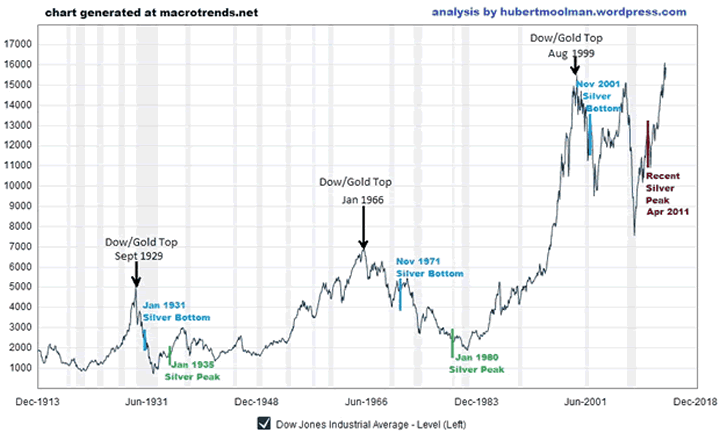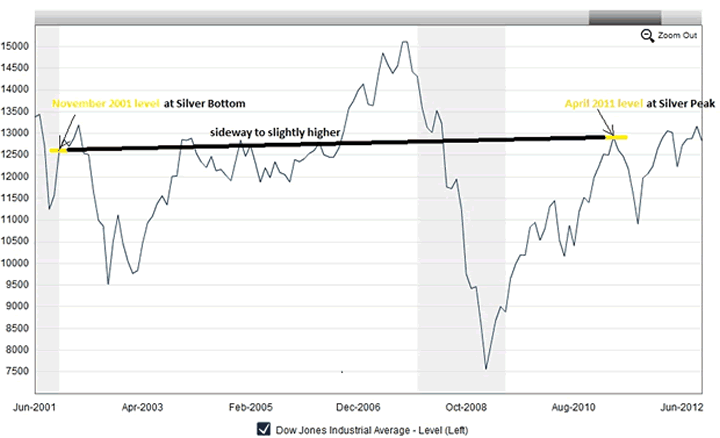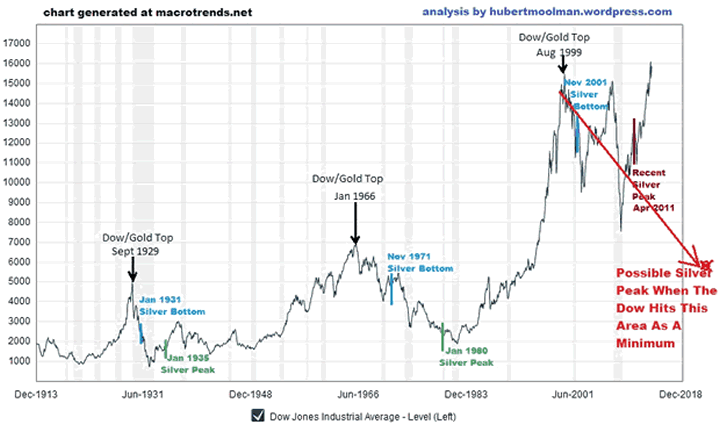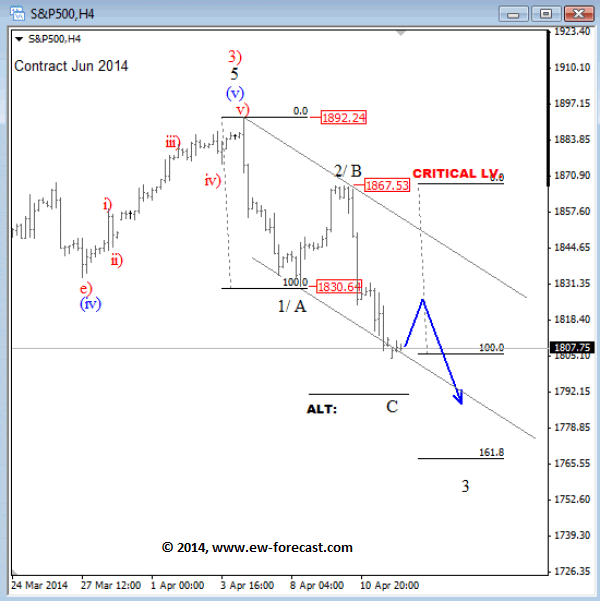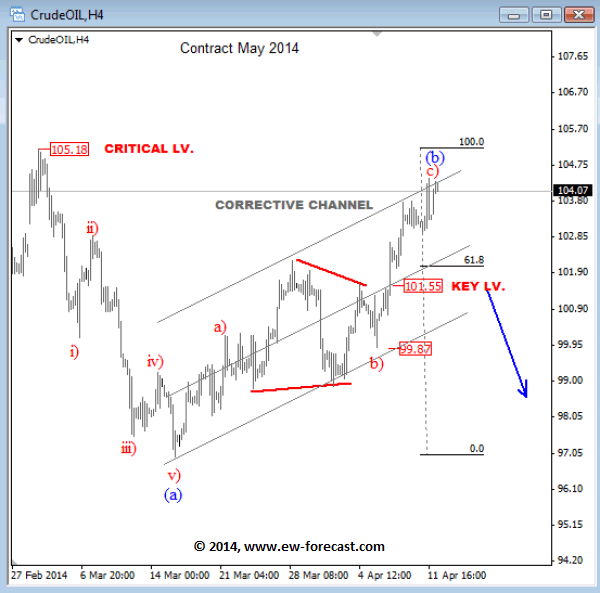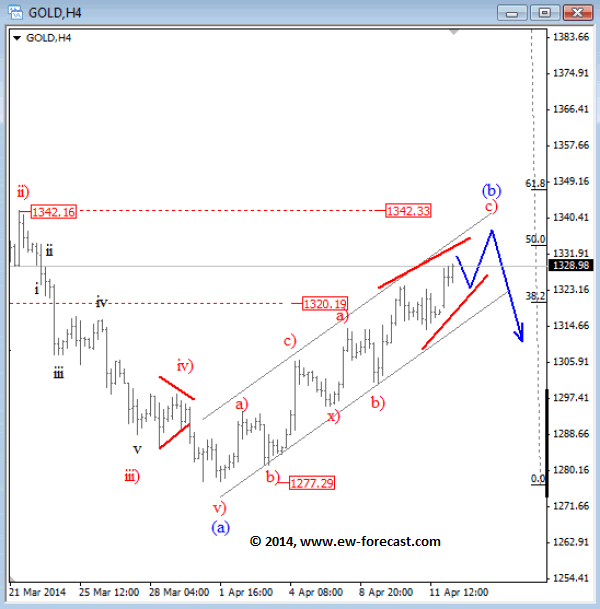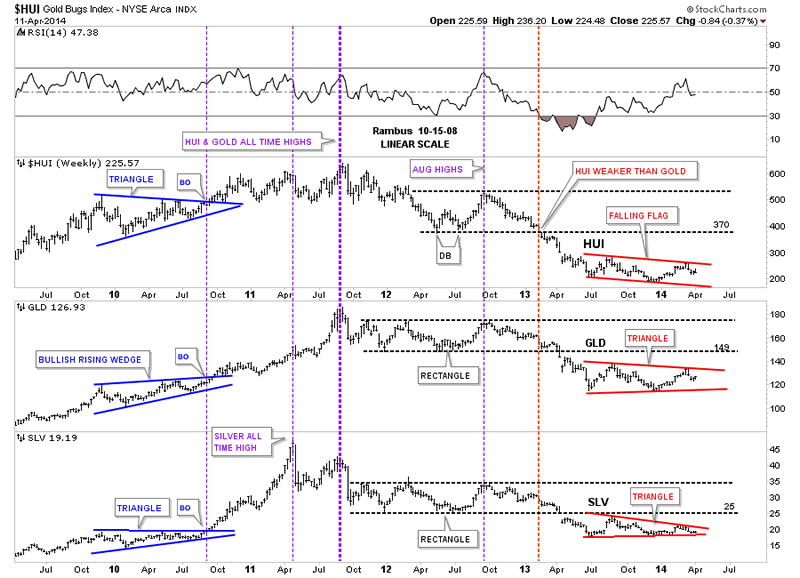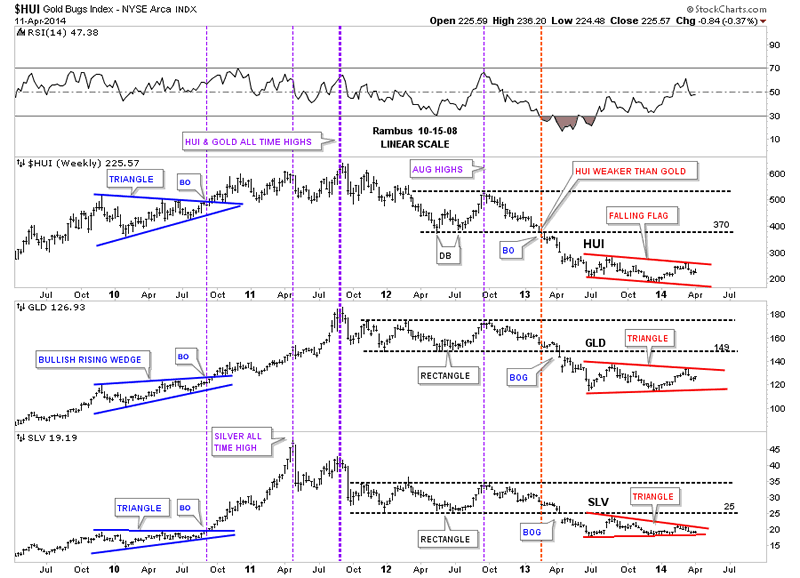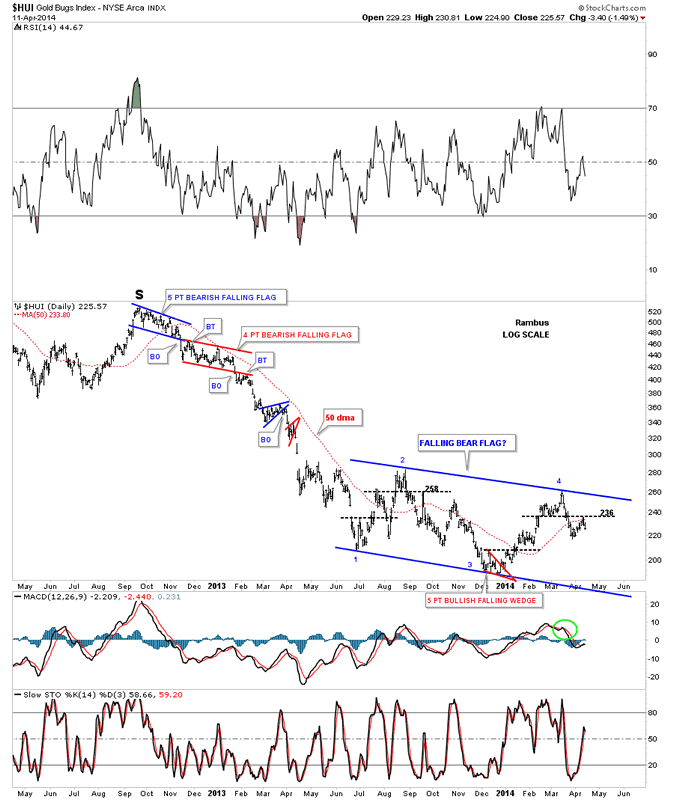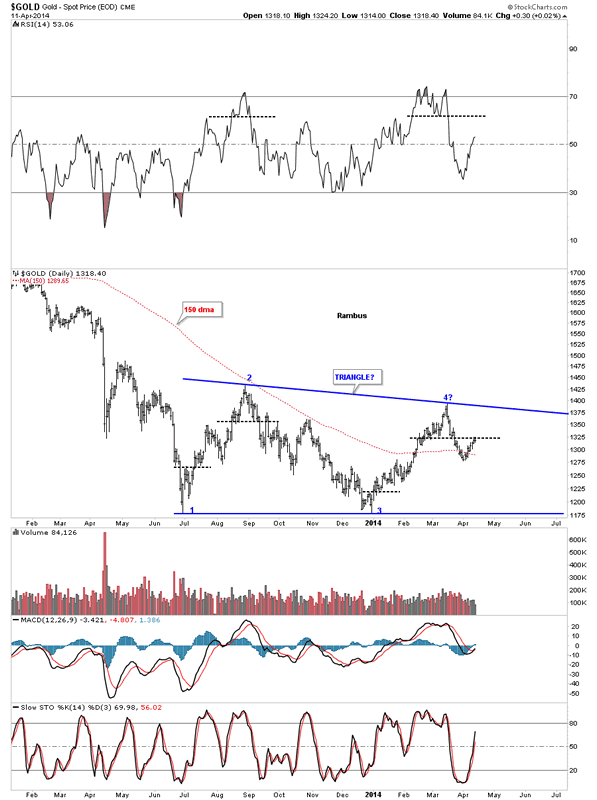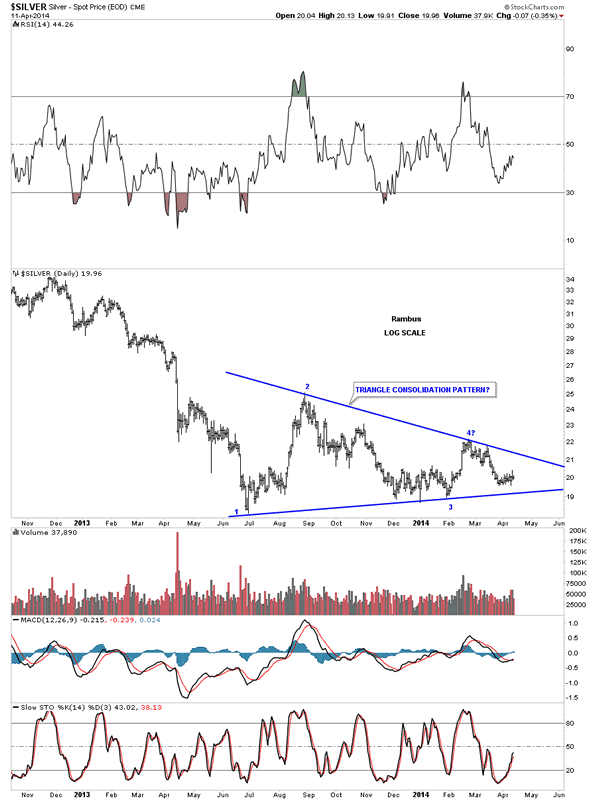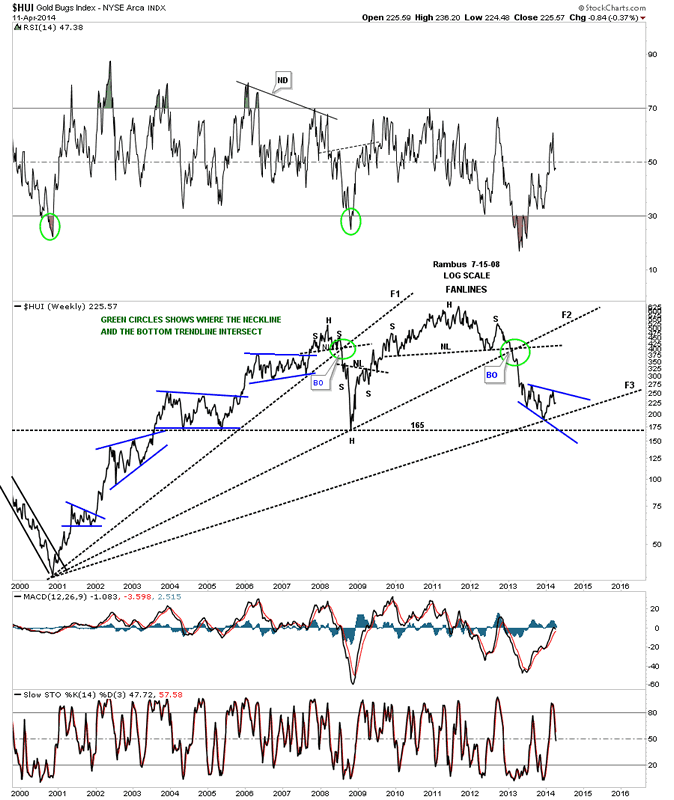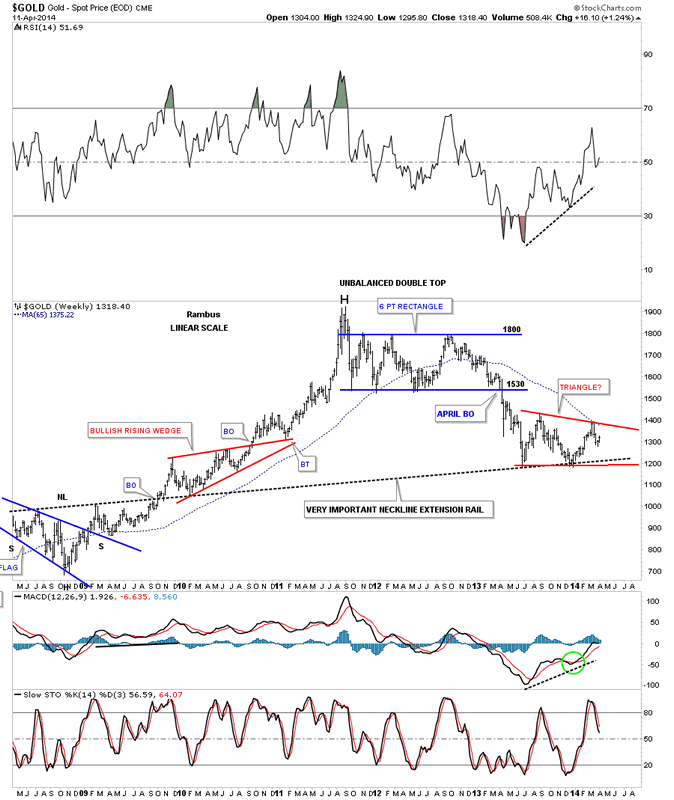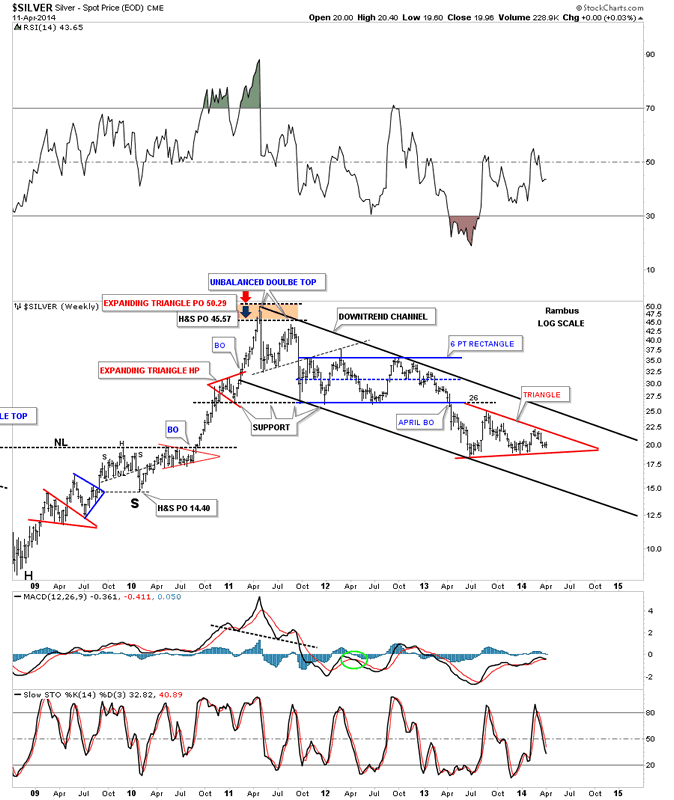The newly announced Le Pen-Wilders alliance in the European parliament has re-ignited speculation about the rise of the far-right in Europe. What can we expect from this new EU supergroup?
The recent success of the Front National in French local elections, as well as the announcement of a Le Pen-Wilders alliance in the European parliament, has re-ignited speculation about the rise of the far-right in Europe. It is widely expected that the far-right will attain their best ever European results in the May elections. Despite this, far right parties and MEPs have historically found it difficult to form groups in the European parliament. Why? And what has changed? From humble beginnings European groups are an intrinsic part of the European parliament. They can either be a single European party, such as the EPP, or a coalition of European parties, such as The Greens – European Free Alliance (which is a coalition between the European Green Party and the European Free Alliance). The EPP is the largest group in the Parliament with 274 MEPs, while the Progressive Alliance of Socialists and Democrats is the second largest, with 195 MEPs. As well as making the Parliament more efficient, the groups themselves provide their members with several benefits. The bigger your group, the more public funds you are given. You also have the right to assume more committee positions and have more speaking time in the Parliament. In order to form a group, you must have at least 25 MEPs representing at least seven countries, and have a “common political affinity”. In 1999, this “common political affinity” was challenged when several non-inscrits (MEPs not part of any group), decided to join together and form the Technical Group of Independents. The group originally included 29 non-inscrits but within a few days all the non-far right MEPs had left, alarmed by some of their new colleagues, which included representatives from the French National Front and the terrifying Flemish secessionist party, Vlaams Blok. The group was immediately seized upon by other groups, who argued that the Technical Group did not fulfil the criteria of having a common political affinity and therefore was illegal. After a lengthy legal battle, the courts agreed and the Technical Group was dissolved. The fascists who just wanted to belong But from these ashes rose the Orwellian-sounding Identity, Tradition, Sovereignty group, whose members included the father-daughter team of Jean-Marie and Marine Le Pen, Alessandra Mussolini, the colourful grand-daughter of Benito, and Dimitar Stoyanov, a Bulgarian MEP whose career highlight up until that point had been to claim that a Hungarian Roma MEP was too ugly to receive her 2006 Parliamentarian of the Year award and that he could “easily buy a younger and prettier Gypsy bride” back in Bulgaria. United by a charter that included anti-immigration and anti-EU principles, the EU was unable to dissolve them and was forced to give them access to public funds. MEPs did however manage to block them from gaining positions on parliamentary committees. Despite constant hostility from other groups in the EU, in the end, the ITS’ greatest enemies turned out to be themselves. Less than a year after its formation, the group collapsed when the Greater Romania Party left in protest at Alessandra Mussolini’s claim that all Romanians living in Italy were criminals. The rise of the European Alliance for Freedom Since then, the far-right have struggled to re-assert themselves at the European level. The closest thing we currently have in the European Parliament is the eurosceptic Europe of Freedom and Democracy group (EFD), which is dominated by UKIP and Lega Nord. However, parties such as the Front National and the Freedom Party of Austria have been denied admission to the group for being too extreme and their MEPs continue to sit as non-inscrits. Until now. The European Alliance for Freedom, initially founded as a small europarty in 2011, now has the backing of Marine Le Pen and Geert Wilders, two of the continent’s most successful far right leaders, and is seeking to become a full political group in the European parliament after the elections in May. While much has been written about the far right’s attempts to reform and rebrand themselves nationally as they move closer towards mainstream acceptance, comparatively little has been written about their attempts to do the same at a European level. In the past, the main reason why far-right parties had failed to form official European groups was due to a mutual fear of guilt by association. It is very easy to discredit a party by simply pointing out who they sit next to. The relatively moderate UKIP have suffered such criticisms due to their alliance with Lega Nord in the EFD. As one Labour MEP said: “Ukip’s decision to sit alongside such unsavoury groups as Lega Nord speaks volumes about where they really stand in relation to the extreme right.” Even the UK Conservative party suffered similar opprobrium when they left the EPP to join a new European group, the European Conservatives and Reformists (ECR), which critics alleged contained anti-Semites and homophobes. But the new group of young far right leaders – Marine Le Pen, Strache, Salvini, etc – are more strategically minded than their predecessors. They know that it is in all of their interests to moderate their views as it will make it easier to form European groups without worrying about being tainted by guilt by association. The larger the group, the more speaking time, financial support and committee positions they are entitled to. And the larger they are, the more legitimate they seem. Being the sixth or seventh largest group in the European Parliament is rather better than having no group at all. The ongoing European crisis has also given far right parties a chance to unite under common principles that would previously have been hors de combat. Dissatisfaction with austerity, belief that politicians are out-of-touch with and far-removed from their constituents, and a crisis of legitimacy within the EU itself are all vogue issues which give the far-right a strong and united platform. The EAF’s manifesto is telling in this regard. It talks about giving more power to people and states by reversing the centralisation of power in the EU, halting mass immigration, and suggesting a break-up of the single currency. Presenting themselves as outsiders, fighting with “us” against “them” gives them considerable appeal among disaffected voters fed up with an EU they see as consigning them to austerity alongside unwanted social change through “mass immigration”. It seems like it has never been a more fortuitous time to be a far-right party in post-Cold War Europe, and the demagogues are taking full advantage. The far right supergroup – what will it look like? So how big and influential will this new group be? Using up-to-date aggregate polling, we can hazard the following predictions. The Front National (FN) looks likely to have the most sensational results. A poll taken the day of their stunning electoral success in south-east France predicts them taking 22% of the vote in May, winning sixteen seats. This would put them – just barely – behind the conservative UMP, who are predicted to win seventeen seats. Hollande’s Socialist Party come an embarrassing third, with thirteen seats. Le Pen’s main partner will be Geert Wilders’ Party for Freedom (PVV) which is currently predicted to come a dramatic first in the Netherlands’ euro elections with 16.5% of the vote, winning four seats. This despite Wilders’ latest controversial statements on Moroccans in the Netherlands. The Freedom Party of Austria (FPO) – formerly led by the late Jorg Haider and now under the direction of the charismatic HC Strache – is predicted to come third in a tight three-horse race, winning 21.5% of the vote and four seats. The Lega Nord were a formidable fixture of Italian and European politics, but they have all but imploded amidst a series of internal scandals. They currently sit with UKIP in the EFD, but have announced their decision to leave and join the EAF. Despite having replaced the outlandish Umberto Bossi with the youthful Matteo Salvini as party leader, they could struggle just to meet Italy’s 4% threshold for election. If they do, they are likely to win only three seats, down from the nine they won in 2009. Who else is poised to join the group? There are the far-right Flemish nationalists, Vlaams Belang, who look to double their European representation from one to two MEPs. There’s also the Sweden Democrats, who are poised to get their first MEP. The Slovak National Party have announced they are leaving UKIP’s group and look likely to transfer their lone MEP to the EAF. So that’s 31 MEPs, but only six countries (you need at least seven to join). Who else can they recruit? Godfrey Bloom, expelled from UKIP after a series of embarrassing gaffes, was a founder of the original EAF, although he is unlikely to be re-elected without his former party’s backing. Perhaps the most curious recruit is the Maltese politician Sharon Ellul-Bonici, who has been appointed secretary-general of the EAF. She ran in the 2009 euro elections as a Labour party candidate. Other potential “big names”, such as Golden Dawn and Jobbik, both of whom are likely to have their MEPs elected, have been banned from joining the EAF. Likewise UKIP, The Danish People’s Party and Alternative for Germany have all refused to take part in the group, considering it too extremist. UKIP is an interesting case. Too eurosceptic for the ECR and not fascistic enough for the EAF, they exist in an awkward “in-between” space which has made it difficult for them to find allies in the European parliament. In the May elections, they are currently predicted to take 26% of the UK vote, winning nineteen seats in the European parliament – that’s ten more than they have now. Despite this, they will struggle to form a new group in parliament. With Lega Nord and the Slovak National Party leaving to join the EAF, and other key allies, such as Greece’s Popular Orthodox Rally and United Poland, unlikely to return any of the six MEPs they currently provide to the EFD, well, you can imagine just how tempting the ascendant EAF may look to the remaining eurosceptic parties in the EFD. A black dawn for Europe? Are we overestimating the EAF? How much influence can they possibly have in the European parliament? Not a lot it is true, but they certainly can’t be ignored. Their rise has been meteoric and many will see the finishing line in the distance. They will almost certainly use their platform within the EU to augment their message and draw more supporters to their cause. Much like Nigel Farage’s speeches in the European Parliament, which regularly reach views in the hundred thousands, it is not hard to see speeches by notorieties such as Marine le Pen and Geert Wilders becoming equally as popular. They will have increased access to funds, committee positions and privileges which will also boost their profile. Most importantly, it will allow them to work towards something they have been attempting for generations – normalisation in the political theatre. Whatever happens, Europe will not be the same. | 


